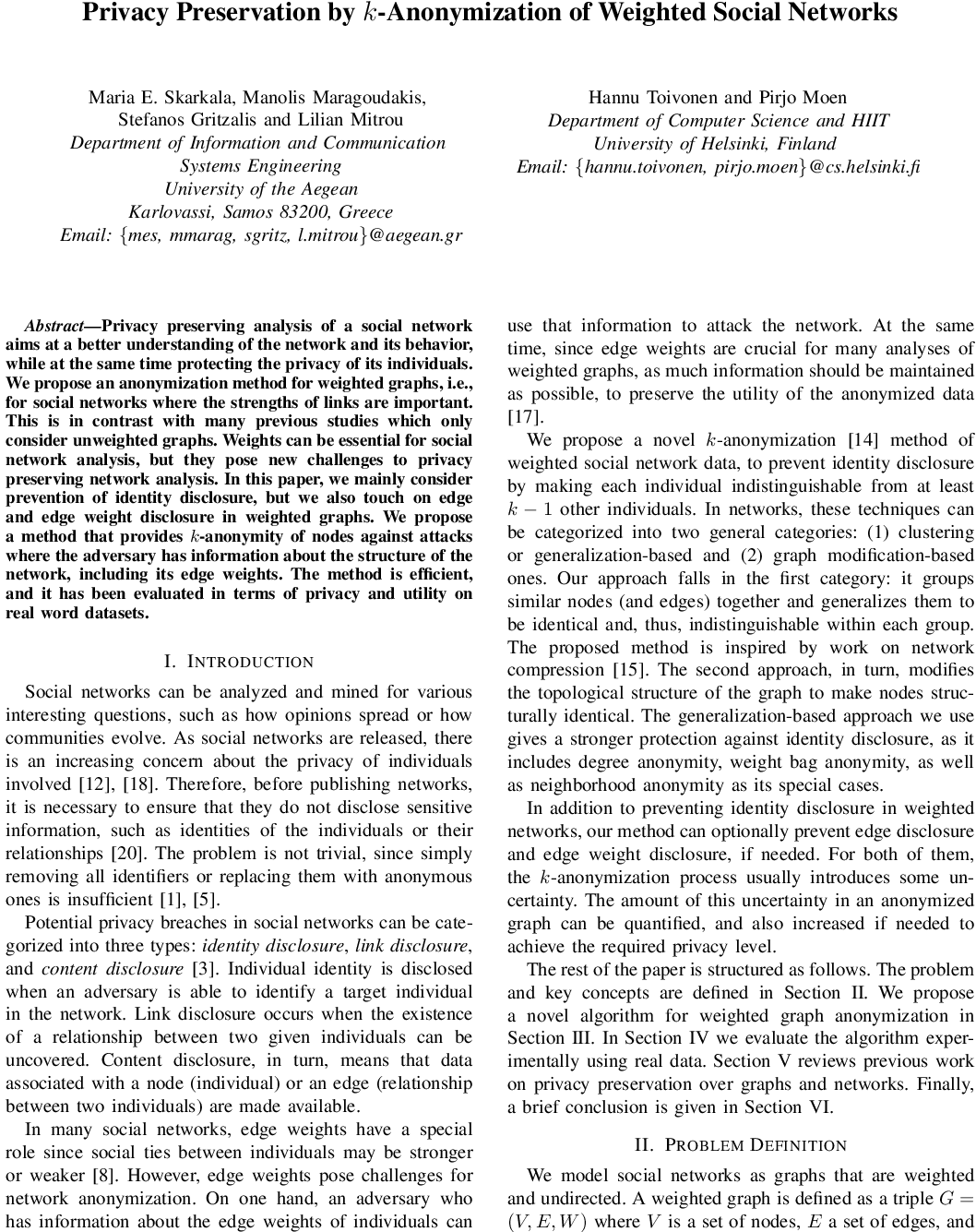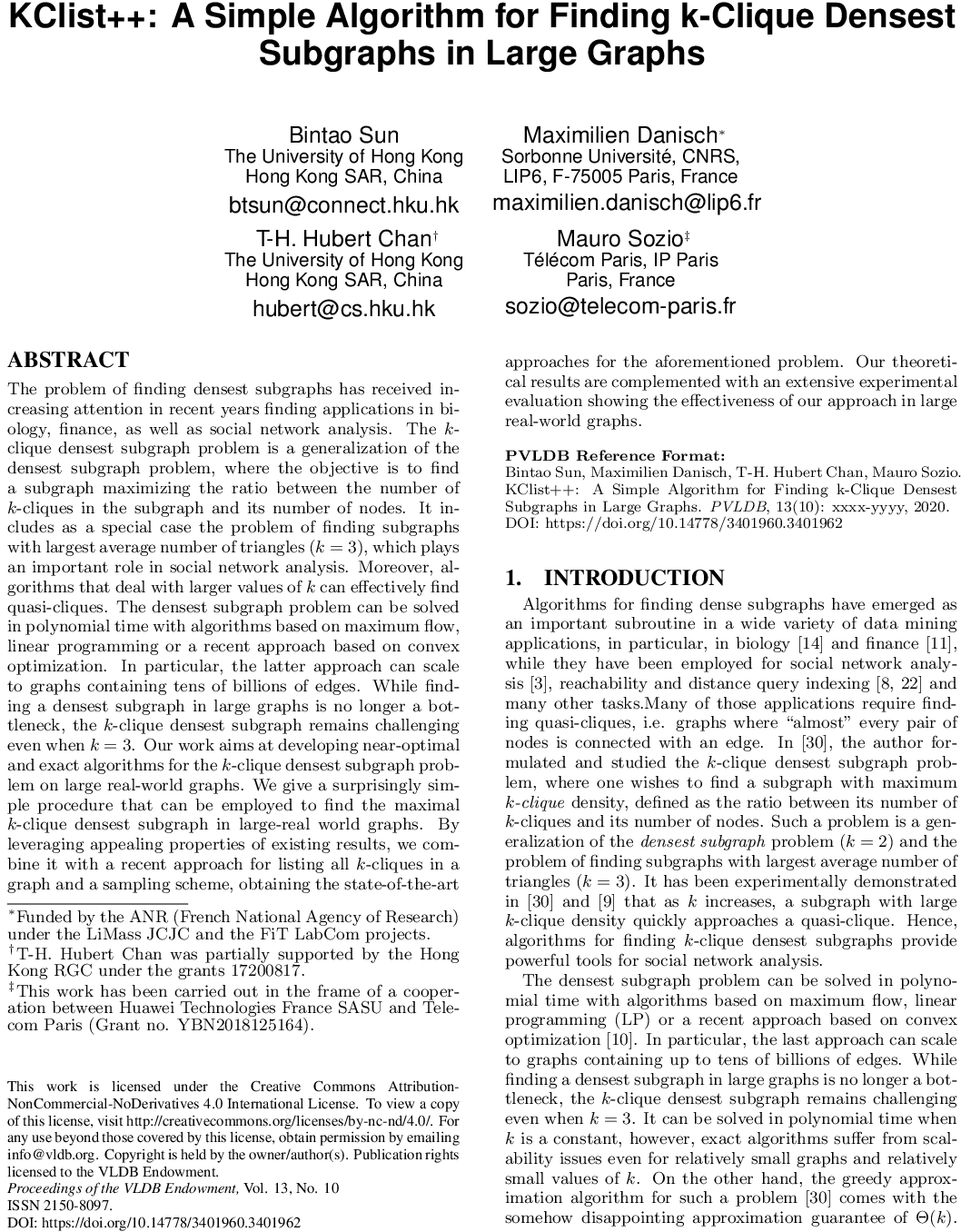

☆
1
Comments:
Low level algorithms, bit wizardry, combinatorial generation, fast transforms, fast arithmetics and algorithms for finite fields.
A real masterpiece of computation !





Comments: